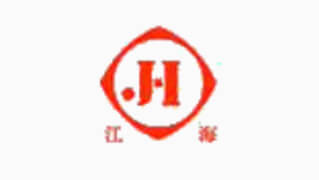|
Lathe is one of the most common and basic workshop machines in a workshop. Lathe as it is known today was created since the Egyptian Civilization and was popularized by the UK as one of the industrial machines that produces components or parts. Lathe is a machine / tool that uses the principle of rotation as a basis. The workpiece will be gripped by the Chuck / Vise and rotated against the Cutting Tools / Chisel / Cutting Knife thus giving us the desired contour / shape / shape. The function of the Lathe is diverse and can include materials such as: iron, stainless steel, brass, silver, wood and plastic. In working on a workpiece, there are several basic functions, namely:
The five processes above are general processes that can be carried out by lathes and each process requires different chisels / lathe blades, different spindle speed and feeding parameters and different results on the workpiece. Roughing is a repeated process of cutting basic materials quickly, thickly and roughly. The purpose of roughing is to make the basic shape / shaping roughly so that the remaining material that must be peeled / turned by the finishing / cutting knife is not much. Cutting / Finishing is the process of cutting the final material so that it becomes a final product with an accurate size and according to tolerance. Usually the cutting / finishing work does not last long and is not repeated and uses high speed so that the results can look smooth and shiny. Grooving is the process of cutting material to produce a groove or bag. The width of a gutter or coke depends on the blade used. Threading is the process of cutting material so that the material can have the desired thread. Parameters of Threading / Thread / Thread can be seen in the column listed on the lathe and adjusted to the blade. Chamfering / Tapering is the process of finishing a material so that the edges of the material are not sharp. This is useful to ensure that the product is safe for humans and facilitate the use of the product. On the other hand, Chamfering / Tapering can add to the aesthetics and quality of a final product. Main Components of a Lathe MachineLathe Head (Headstock) The head of the lathe is located on the part that has a spindle / place for rotating goods. On the headstock there are also levers that are useful for adjusting the spindle rotation speed. The Lathe Head / Vise Lathe can be changed to a vise 3 clamps or 4 grippers. Tail Lathe (Tailstock) The tail of the lathe is opposite the lathe head. Tail Lathe functions on a lathe with two centers, to avoid bending the workpiece during the turning process, for example in turning a long axle, so that the long axle is not flexible and does not sway when turning. The tail of the lathe also serves so that the object being turned can get a good center / tolerance. Carriage Carriage is a support table and tool station carrier / where the lathe blade rests. Without this table, the lathe will not function because there is no knife to carve objects. This table is also mostly equipped with automatic feeding and travel to make it easier for the operator to control it & has a coolant hose to spray drum oil for cooling down friction of the workpiece. Lathe Table (Lathe Bed)
The Lathe Table is the basic framework of the lathe and is the strength / core of the lathe that cannot be fooled. Lathe table and its width is the foundation of the head, tail of the lathe and also the sled. The width of the lathe is very influential for the stability of the workpiece cutting and the feeding strength of the lathe. The wider the bed, the more sturdy the machine and more tread so that the work can be eaten thickly without even shaking. |
AuthorHenry Gunawan H Archives
November 2022
Categories
All
|
Maju Jaya MachineryJakartaMain Mobile: +62 81331333838
Mobile: +628883020992 / +6282231383858 Email: mjm168fu@yahoo.com / henrygh_mjm@yahoo.com Address: Hussain Sastra Negara, Nusa Indah Blok B No-76, Near Soetta Airport SurabayaPhone: +6231 7493838
Mobile: +62811333838 / +628883020992 Email: mjm168fu@yahoo.com / henrygh_mjm@yahoo.com Address: Margomulyo Permai Block F-20, Surabaya, Indonesia |
Sitemap |
Find Us at |
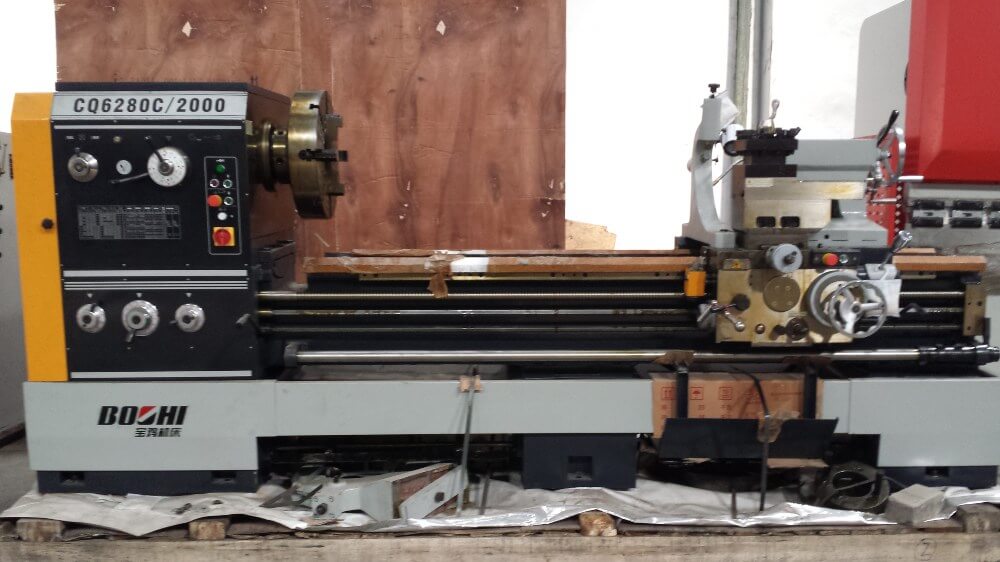
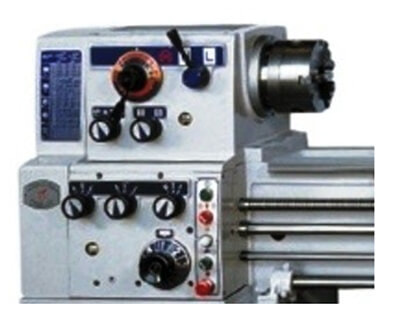
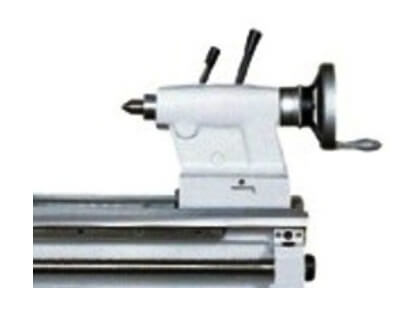
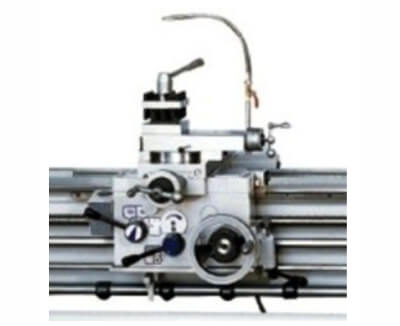
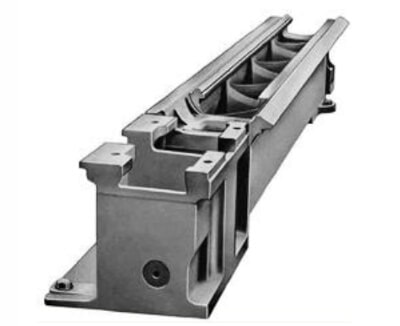
 RSS Feed
RSS Feed


